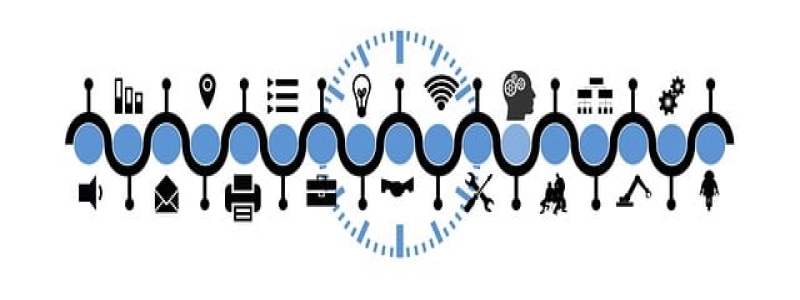Ethernet Fiber
Introducere:
Ethernet Fiber is a type of networking technology that uses optical fibers to transmit data. It offers several advantages over traditional Ethernet, including faster speeds, longer distance capabilities, and increased security. In this article, we will explore the various aspects of Ethernet Fiber and discuss its significance in modern networking.
1. What is Ethernet Fiber?
Ethernet Fiber is a high-speed networking technology that uses light signals to transmit data. It employs optical fibers, which are thin strands of glass or plastic, to carry information over long distances. These fibers use total internal reflection to keep the light signals contained and prevent loss of data during transmission.
2. Advantages of Ethernet Fiber:
– Faster Speeds: Ethernet Fiber can support data transfer rates of up to 100 gigabits per second, making it significantly faster than traditional Ethernet. This high-speed capability is crucial for organizations that require quick data processing and seamless connectivity.
– Longer Distance Capabilities: Ethernet Fiber can transmit data over much greater distances compared to regular Ethernet cables. While copper cables have limitations in terms of signal degradation over distance, optical fibers can transmit data over several kilometers without loss of signal quality.
– Enhanced Security: Ethernet Fiber is more secure compared to traditional Ethernet as it is immune to electromagnetic interference and wiretapping. The use of light signals instead of electrical signals makes it difficult for hackers to intercept or manipulate data during transmission.
3. Applications of Ethernet Fiber:
– Internet Service Providers (ISPs): ISPs utilize Ethernet Fiber to provide high-speed internet connections to homes and businesses. This technology enables them to deliver faster internet speeds and accommodate a larger number of simultaneous users.
– Data Centers: Data centers rely on Ethernet Fiber to handle the massive amounts of data they process and store. Ethernet Fiber ensures quick and reliable connectivity between servers and storage devices, optimizing the overall performance of the data center.
– Telecommunications: Telecom companies use Ethernet Fiber to establish reliable and secure communication links between different regions. This technology allows for the efficient transfer of voice, video, and data signals over long distances.
4. Future Developments:
As technology continues to advance, Ethernet Fiber is expected to evolve further with new developments such as:
– Improved Speeds: The development of 400 gigabit per second Ethernet Fiber is underway, promising even faster data transfer rates.
– Increased Adoption: With the growing demand for high-speed internet and the expansion of telecom networks, the adoption of Ethernet Fiber is expected to increase significantly in the coming years.
Concluzie:
Ethernet Fiber is a networking technology that offers numerous benefits over traditional Ethernet. Its faster speeds, longer distance capabilities, and enhanced security make it an ideal choice for various industries. As advancements continue, Ethernet Fiber is expected to play a crucial role in the future of networking and connectivity.








